A sink hole emerged on Enboure Road, Newbury, as reported by the Newbury Weekly News. The hole is reported to be around three-foot deep and two-foot wide, and is situated close to St Bartholomew’s School playing fields.
We’ve had experience of sink holes; we were called out on behalf of nearby building owners who were concerned of the effect that a sink hole might have on their property. Fortunately we found no immediate cause for concern for our client.
If you’re in need of property advice, a survey or a defect specific report, please contact us on 01635 579208.
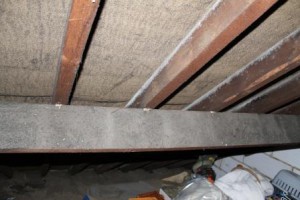
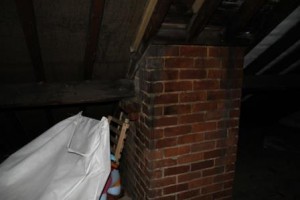
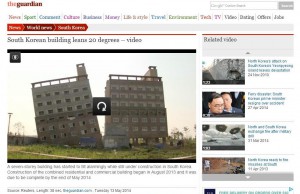

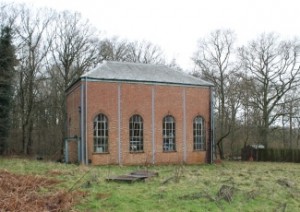
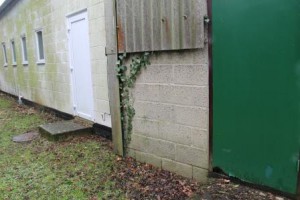
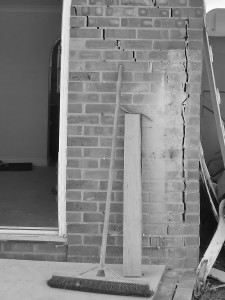
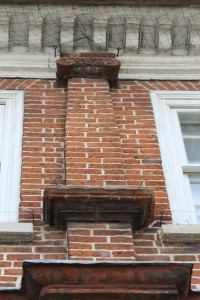
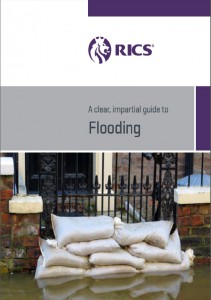 The Royal Institution of Chartered Surveyors has issued helpful advice in the wake of the recent flooding throughout the UK.
The Royal Institution of Chartered Surveyors has issued helpful advice in the wake of the recent flooding throughout the UK. 


